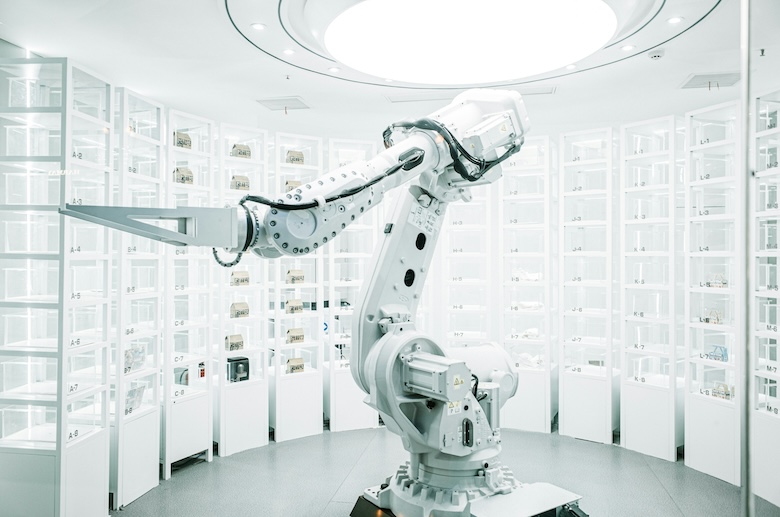
Various categories of robots are prevalent, including:
Robots for Industrial Use:
- Explanation: These robots are utilized in industrial environments to carry out repetitive tasks such as assembly, welding, and painting.
- Examples: Precision movement tools like Unimate manipulator arms.
Cobots or Collaborative Robots:
- Explanation: These robots are engineered to safely coexist and work with humans in shared spaces.
- Examples: Universal Robots’ UR series and ABB’s YuMi.
Robots for Educational Purposes:
- Explanation: These robots find use in STEM programs and classrooms to impart coding skills and problem-solving abilities.
- Examples: Robotics sets from Lego, Cubelets, Dash and Dot, Root.
Entertainment-Oriented Robots:
- Explanation: These robots aim to elicit emotional reactions such as surprise or laughter.
- Examples: RoboThespian, the robot comedian.
Autonomous Vehicles:
- Explanation: These vehicles come equipped with navigation systems and sensors for fully autonomous operation.
- Examples: Google’s Waymo self-driving car and autonomous trucks by startups like Locomation.
Consumer-Oriented Robots:
- Explanation: Consumers purchase these robots for entertainment or assistance with chores and tasks.
- Examples: Roomba robotic vacuum cleaner.
Medical Field Robots:
- Explanation: These robots provide assistance in rehabilitation centers, clinics, and hospitals.
- Examples: The da Vinci surgical system used for minimally invasive procedures.
These classifications cover a broad spectrum of robots employed across various sectors from healthcare to manufacturing to education. Each category fulfills specific roles, enhancing efficiency and automation across different industries.

